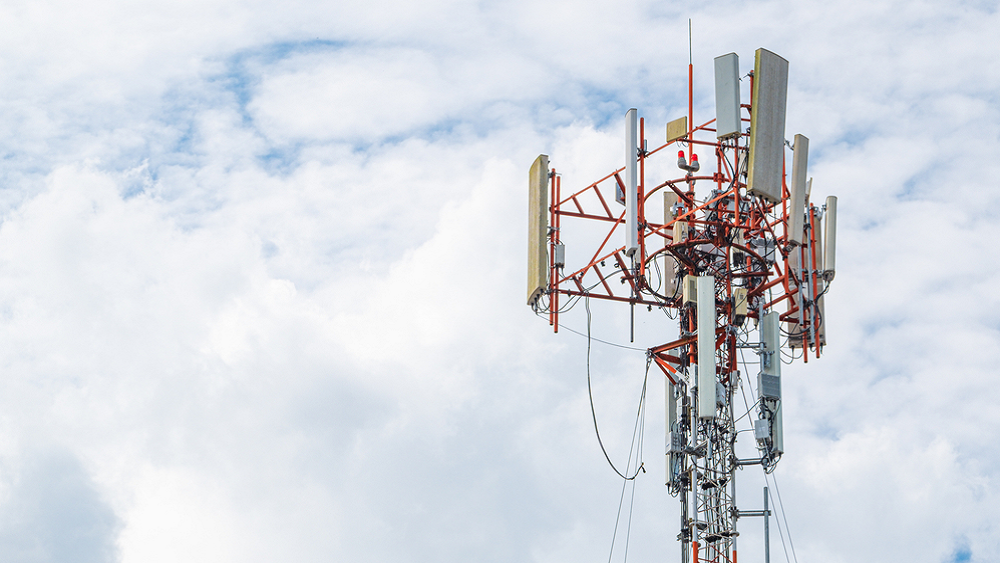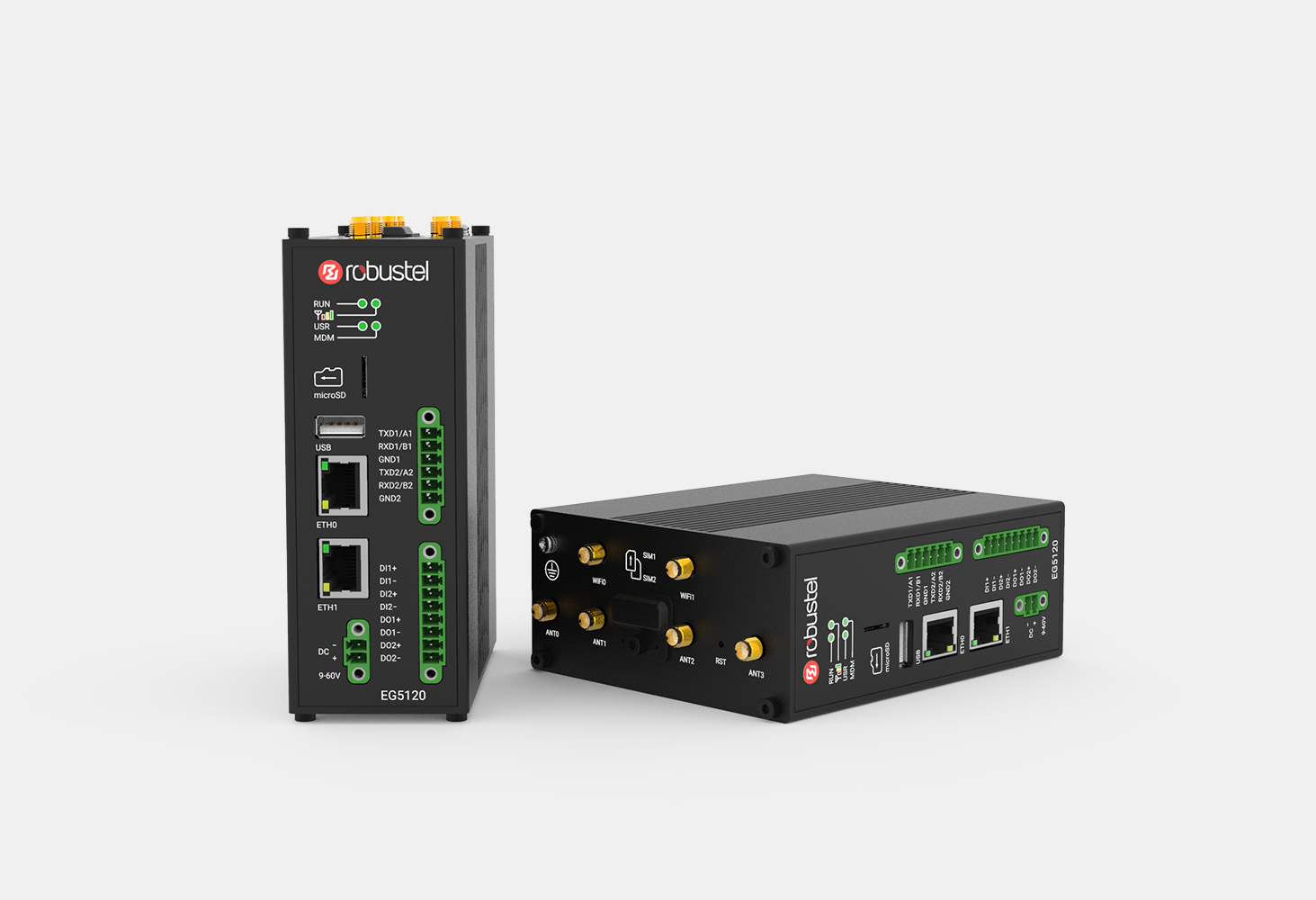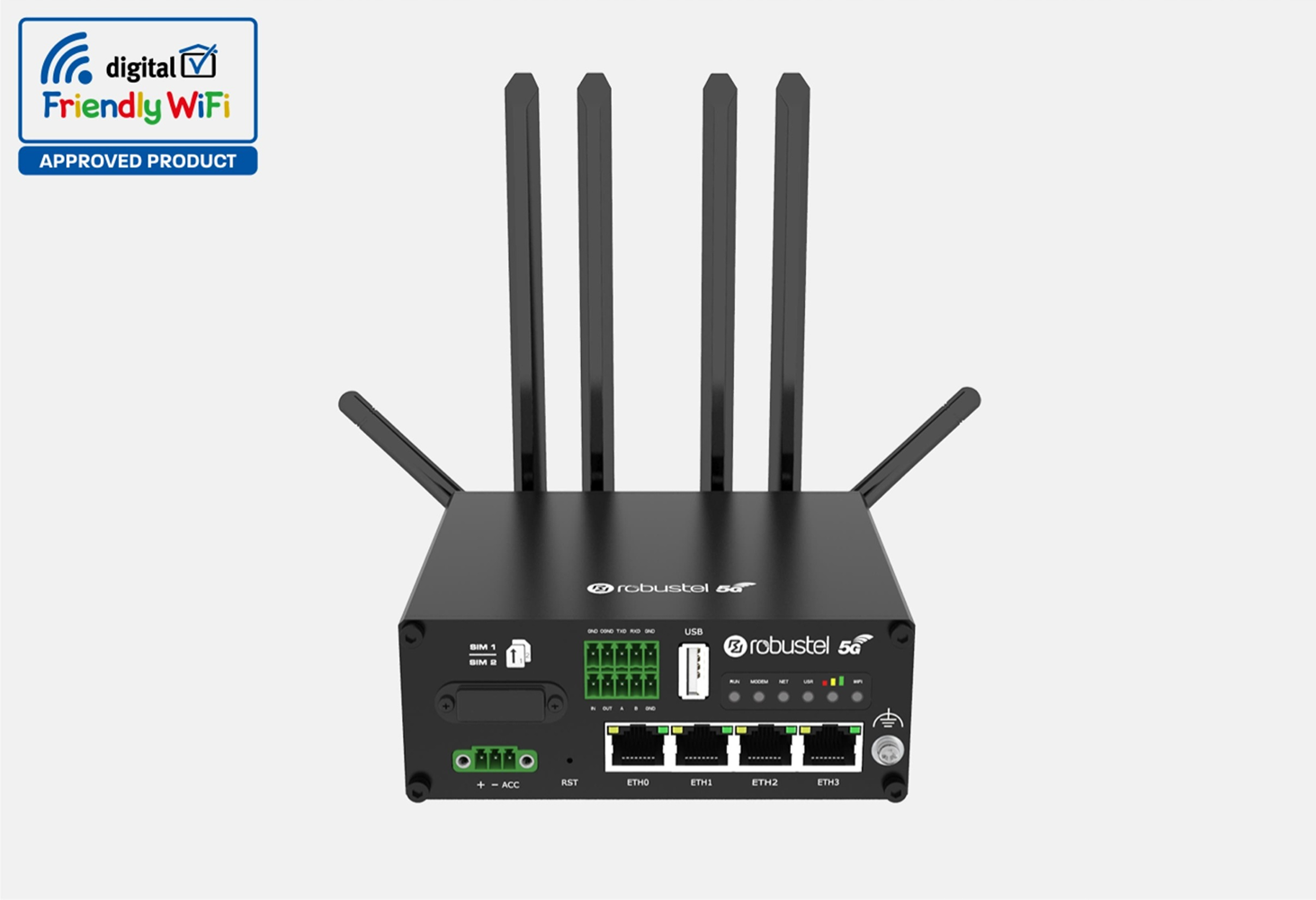The digital transformation continues to race forward, bringing benefits to consumers, organisations and businesses in every vertical worldwide. A large part of that is 5G connected networks. New technologies are being designed to leverage the benefits of 5G networks, like low latency, higher data rates and higher capabilities to host large volumes of data.
With the 5G rollout picking up pace, many industries and businesses are already starting to future-proof their networks. Let’s take a look at how these entities are preparing for the transition to 5G.
What is the 5g rollout?
First, it was 2G replaced by 3G. Then, 4G phased out 3G, providing faster speeds and more reliable connections. Each of these generations aimed to improve connectivity, reliability and speed. Now, the future of 5G is promising to take it a step further.
Evolution of 5G hardware: From 2G to 3G, 4G LTE and 5G
Each time a new technology emerges, the entire cellular network landscape changes. Old infrastructure needs to be torn down, making way for newer networks that can support the latest generation of technology.
4G LTE (Long Term Evolution) is the most widely used cellular network technology worldwide. As the name suggests, 4G LTE technology has evolved significantly since its launch more than a decade ago and continues to evolve. Thanks to Dynamic Spectrum Sharing (DSS) technology, 4G and 5G devices can use the same band signal in the spectrum. While 4G networks will eventually be phased out, these networks will continue to be a safe, affordable and reliable technology for years to come.
Why are we moving from 4G to 5G?
The move from 4G to 5G is complex. The short answer: 5G is much more efficient and reliable than older networks. 5G operates in a wide frequency range, from frequencies below 1GHz to extremely high millimetre waves (mmWave) frequencies. In theory, 5G download speeds can reach 10 gigabits per second - almost 100 times faster than 4G.
On top of speed, 5G provides much lower latency than 4G LTE, offering near-instant response times essential for autonomous vehicles and traffic management applications.
As a whole, 5G provides a better user experience. Data rates remain high and connections remain secured, even when users are on the go.
5G wireless networks and their frequency bands
The three frequency bands that form the basis of 5G networks are:
High Band 5G
In this band, operators deploy 5G in the millimetre wave spectrum (mmWave). mmWave provides an ultra-high speed connection with frequencies ranging from 24 GHz to 100 GHz. While it delivers super-fast speeds, the drawback of 5G mmWave is that the signals can’t travel very far. It often has limited coverage over larger areas as high frequencies can’t pass through obstacles like walls, windows or even trees.
Midband 5G
Midband 5G is a spectrum in the 2-6 GHz range that has just been opened for 5G communication. It’s not as fast as High Band 5G, but it does carry plenty of data over a significant distance with data rates of 100 Mbps.
Low Band 5G
Low Band is currently used for 4G LTE is the spectrum and is already being used for 5G networks. It sits under the 2Ghz range and provides fairly wide coverage.
Who will need 5G networks?
While 5G is still being deployed around the world, businesses and organisations are already planning to harness the power of future 5G wireless networks. They can be organised into three main groups:
- Early adopters. These organisations may not know how they'll use 5G but they’re taking a keen interest and beginning to think about how to adapt to future technologies.
- Those with defined requirements. This group already has an application in mind that they can better leverage with 5G.
- Future planners. These organisations want to ensure that their investment into technology is compatible with future generations, while also looking to extend the life of their current equipment.
Where can 5G be deployed?
5G can be used for applications that require high volumes of data transmission at high speed. The right connection will vary in each case, but consider the following when evaluating whether you need 5G:
- The network speed and data volume that the application needs.
- The status of 5G deployment in your region.
- The budget, based on the scope and scalability requirements of the 5G solution.
Uses for 5G
When it comes to the specific use for 5G, these applications can be divided into three service categories:
- Improved Mobile Broadband
This covers applications where a faster connection is needed to achieve optimal performance. It can include highly interactive applications from streaming to high-definition video, 360-degree video and other data, and image-intensive use cases. A few examples include:
- Gaming
- Professional flight simulation and training
- Virtual reality (VR) and augmented reality (AR)
- WiFi connection for passengers on public transport.
- Very Low Latency Data Communication Applications
5G can also be used for applications that require near-instant response times. 5G can be deployed to help autonomous and connected vehicles avoid accidents and injuries, by ensuring they break at the right time. 5G also offers significant opportunities for industrial automation and assisting emerging technologies like artificial intelligence and machine learning in electronic object recognition and decision making.
- Large-Scale Internet of Things Use Cases
Another use for 5G is to connect a large number of embedded sensors that can be positioned anywhere. This includes applications that rely on the transmission of small data, like wearable electronics and home automation.
One of 5G’s most defining features is its forward-compatibility design. That means it has the flexibility to support applications in the future - even those that are yet to be designed. The network is expected to evolve from Non-Standalone (NSA) to Standalone (SA) infrastructures, working together with the currently existing 4G LTE. Along with the networks, devices are also expected to evolve to support the high-speed 5G network speed. In some cases, the transition to 5G simply requires a software update.
How to make sure your network is 5g ready
So, how exactly do you prepare for your network's transition to 5G? Before you start, it’s important to ask when will 5G be available in your area? That can then help you plan a timeline of steps.
Step 1: Prepare for 5G
- Change: Replace 2/3G hardware in the network with 4G LTE or 5G-compatible routers.
- Upgrade: Consider replacing your older 4G LTE routers with 5G routers to make sure you’re able to leverage 5G speeds in the future.
- Plan: ensure your 5G network architecture and data capacity is compatible with your planned applications.
Step 2: Enable 5G
There are two options that will help you enable 5G.
Option 1: A 5G Sub-6 cellular extender can be added via the Gigabit Ethernet port of the existing router. This existing 4G LTE connection can continue to be used for redundancy, or it can be forwarded to a 5G extender.
Option 2: The old 4G LTE router can be replaced with a new 5G router. Consider environmental conditions and restraints before deciding on a new router.
Step 3: Optimise your 5G
Before buying a new 5G router, consider future-proofing your applications. Both a single or dual 5G mmWave extender can be used to achieve even higher speeds in the future and can be used to add 5G mmWave capabilities to connections, making it easier to add devices to an existing network.
Looking for more information about 5G? Head over to Robustel’s 5G hub for more information and blog posts.



